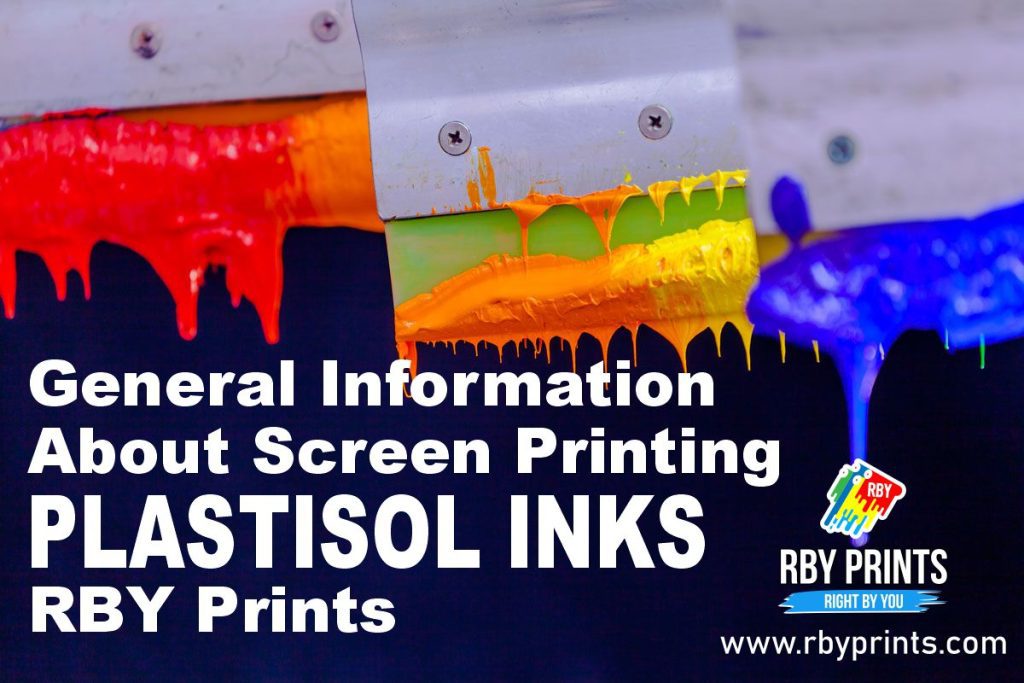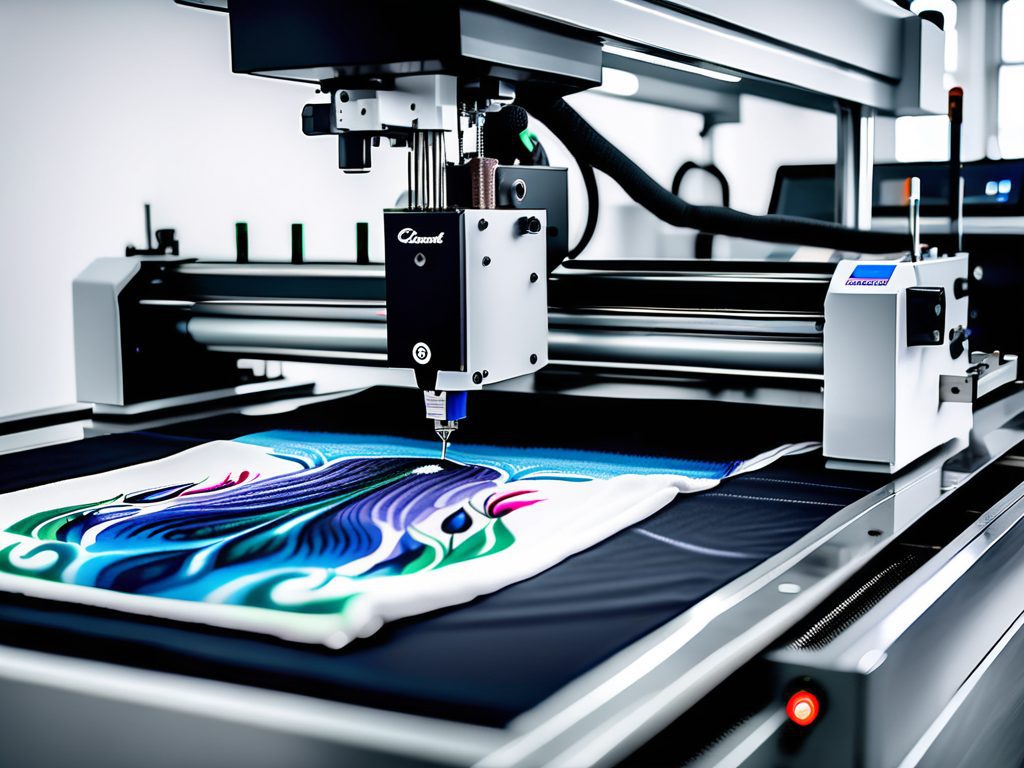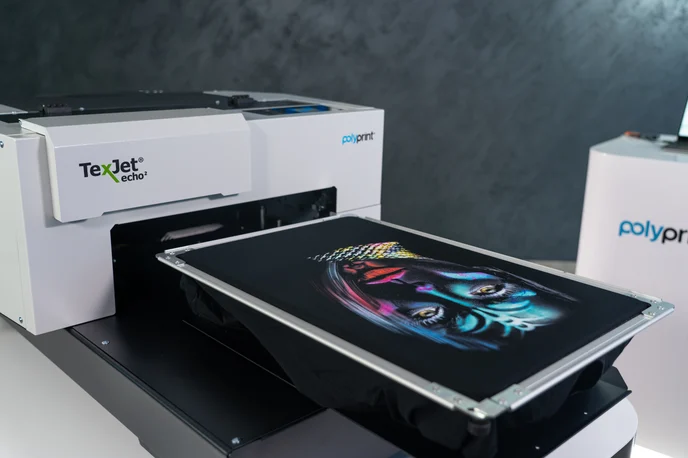The most popular ink used in the garment printing industry is Plastisol ink. Screen printing plastisol ink is easy to print with, does not dry in the screen, is opaque on dark garments, and features great adhesion to t-shirts, athletic jerseys, hoodies, heat transfers, and most textiles in general.
Plastisols are made up of two primary ingredients – PVC resin (a white powder) and plasticizer (a thick, clear liquid). Plastisol ink will not dry, or cure, at normal temperatures. They must be exposed at a temperature around 300 – 330º F (143-166º C) to be properly cured (dried).
Plastisol ink can be printed on many items that can withstand the heat required to cure the ink and is porous enough to permit good ink adhesion. They do not dye the threads of a fabric like traditional dye material. Plastisol screen printing ink wraps around the fibers and makes a mechanical bond with the fabric. Screen printing plastisols will not adhere to non-porous substrates such as plastic, metal, wood and glass. They also will not adhere to water-proof nylon material without adding a bonding agent/catalyst.
Screen Printing Mesh Selection When Printing Plastisol Inks
With so many different meshes to choose from, selecting the “best” mesh for your plastisol printing needs can be frustrating. Use the following information as a guide for choosing your screen mesh:
- Glitter Plastisol Ink: Use 30 – 38 mesh
- Athletic Prints: Use 60 – 85 mesh
- Fleece Items: Use 60 – 110 mesh
- Puff Inks: Use 60 – 85 mesh
- Metallic Plastisol Ink: 60 – 85 mesh
- Super Opaque/Bleed Resistant Plastisol: 60 – 85 mesh
- Hot-Split Heat Transfers: 60 – 85 mesh
- General Plastisol Prints: 110 – 125 mesh
- Multi-Color, Wet-on-Wet Plastisol Printing: 180 – 200 mesh
- Nylon Jacket Printing: 180 – 230 mesh
- Simulated & 4-Color Process: 230 – 305 mesh
Screen Printing Mesh Selection When Printing Plastisol Inks
With so many different meshes to choose from, selecting the “best” mesh for your plastisol printing needs can be frustrating. Use the following information as a guide for choosing your screen mesh:
- Glitter Plastisol Ink: Use 30 – 38 mesh
- Athletic Prints: Use 60 – 85 mesh
- Fleece Items: Use 60 – 110 mesh
- Puff Inks: Use 60 – 85 mesh
- Metallic Plastisol Ink: 60 – 85 mesh
- Super Opaque/Bleed Resistant Plastisol: 60 – 85 mesh
- Hot-Split Heat Transfers: 60 – 85 mesh
- General Plastisol Prints: 110 – 125 mesh
- Multi-Color, Wet-on-Wet Plastisol Printing: 180 – 200 mesh
- Nylon Jacket Printing: 180 – 230 mesh
- Simulated & 4-Color Process: 230 – 305 mesh
Screen Printing Emulsion Selection for Plastisol Ink
For plastisol inks use an SBQ or Dual-Cure Emulsion. Capillary films (like Ulano’s E-Z Films) are also ideal when screen printing halftones, heat transfers and when you want a very consistent film deposit. CDF film are also faster to use and eliminate pin-holds in the screen.



